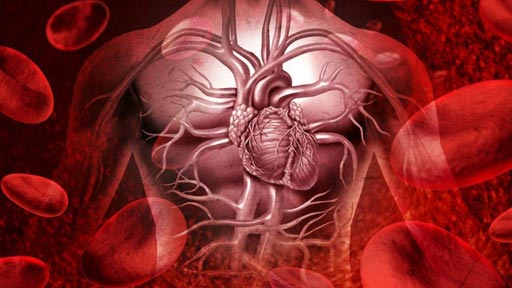New Research Visualizes Hydraulic Forces and Cardiac Blood Flow
By MedImaging International staff writers
Posted on 08 Mar 2017
Researchers have discovered that the ventricles of the heart are filled with the help of hydraulic forces, similar to those used in hydraulic brakes in vehicles and other mechanical devices.Posted on 08 Mar 2017
Until today, blood flow mechanics during diastole have only been partially understood. The new discovery suggests that hydraulic forces, together with the heart muscle protein titin both help fill the ventricles with blood. Hydraulic forces are the pressure that liquids exert on an area. The forces are affected by blood pressure in the heart, as well as the difference in size between the ventricles and the atria. The hydraulic forces that were found to exist are a result of the fact that the ventricle is larger than the atrium.

Image: New research shows the relationship between hydraulic forces and cardiac blood flow (Photo courtesy of the KTH Royal Institute of Technology).
The discovery was made by researchers at the Karolinska Institutet, and the KTH Royal Institute of Technology and was published online, in the March 3, 2017, issue of the journal Nature Scientific Reports. The researchers enlisted healthy participants for the study, and used Cardiovascular Magnetic Resonance (CMR) imaging to measure the size of both heart chambers during the diastole phase. The results showed that the atrium was effectively smaller during the filling process. According to the researchers, it is import to measure both the atrium and ventricle, and look at their relative dimensions during heart failure, rather than focusing only on the size of the ventricles.
Dr. Martin Ugander, physician and associate professor at the Karolinska Institutet, said, "Although this might seem simple and obvious, the impact of the hydraulic force on the heart's filling pattern has been overlooked. Our observation is exciting since it can lead to new types of therapies for heart failure involving trying to reduce the size of the atrium.”














